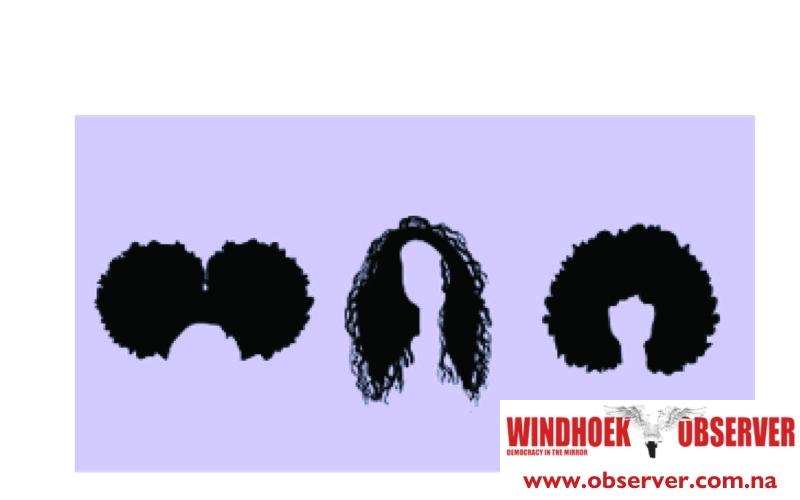Hair, in Namibia as elsewhere, is never just hair. It is a language of belonging, respectability, rebellion, faith, profession, and class. For black women in particular, hair carries a freight of history: colonial gaze, missionary discipline, workplace codes, school rules, salon economies, and intimate self-storytelling. For men, hair choices from clean fades to locs to dyed twists signal tribe and taste, sometimes risk. In recent years, several high schools, employers, and even sports associations have faced public scrutiny over hair policies that felt outdated or discriminatory.
The debates were about rules on paper, but underneath they were about power: who gets to decide what is “neat”, “professional”, or “acceptable”, and whose texture and culture are centred in those definitions?
To understand the politicisation of hair, begin with context. Colonial administrators and missionaries embedded ideas linking “civilisation” to Eurocentric grooming. Post-independence, many institutions carried those norms forward by default. School codes used vague terms like “tidy” or “no extreme hairstyles”.
Workplace dress policies adopted stock phrases like “professional appearance.” In practice, these were often policed unevenly: a white colleague’s beach waves could be “natural,” while a black colleague’s Afro might be “unkempt”; braided extensions needed “permission” while dyed blonde hair drew compliments.
None of this is uniquely Namibian, but it has Namibian textures: boarding school matrons with combs as moral instruments; HR handbooks cut-and-pasted from South African templates; church aunties who equate modesty with straight hair; and young professionals who must navigate authenticity and acceptance in the same breath.
The hair economy is itself political. Salons and barbershops are small-business lifelines in our towns, employing mostly women and young men. Policy choices on customs duties on imports, municipal licensing, training standards shape whether these enterprises thrive. When schools ban certain protective styles, they don’t only police bodies; they dent local incomes. When corporate handbooks restrict locs or braids, they send a signal to clients and suppliers about whose aesthetics carry authority. Conversely, when companies celebrate inclusive grooming, they help normalise a broader, more honest definition of professionalism rooted in hygiene and safety, not Eurocentric conformity.
Health and safety are legitimate constraints. Food processing plants, workshops, laboratories and hospitals need hair secured for hygiene or hazard reasons. The question is not whether rules should exist; it’s whether they are rational, specific, and evenly applied. A good policy states the purpose, the risk, and the acceptable mitigations. “Hair longer than shoulder length must be tied back and covered with a net while on the production floor” is clear. “No dreadlocks” is prejudice dressed as policy. Similarly, schools can require that hair be clean and not obstruct vision without banning Afros or mandating relaxers. The key is to regulate outcomes (hygiene, safety, visibility) rather than textures or cultural styles.
There is also a mental health layer. Hair is intimate. Policing it harshly can trigger shame, anxiety and disengagement, especially in adolescents. A learner sent home for an Afro that is “too big” internalises a lesson: your body is a problem to be reduced. A trainee told to cut his locs to “look serious” hears that his heritage is unserious. The cost is invisible: students who self-censor, employees who avoid leadership because they don’t “fit,” clients who conclude your brand is not for them. Inclusive hair policies are, therefore, not political correctness; they are productivity strategies. People perform better when they don’t have to burn emotional energy on self-erasure.
So what does a modern Namibian grooming policy look like? First, it is values-based and rights-aware. It acknowledges dignity and equality as constitutional anchors and it situates rules within those commitments. Second, it is purpose-specific: safety, hygiene, and brand coherence where genuinely necessary. Third, it is culturally literate: it names protective styles such as braids, twists, locs, cornrows, Afros, headwraps and accepts them by default, specifying maintenance expectations (clean, secure, not obstructing vision) rather than banning categories. Fourth, it has a fair, fast appeal path for disputes. Fifth, it trains gatekeepers like teachers, supervisors, security staff so that policy on paper translates into practice without humiliation.
Change is already happening. Many Namibian companies now feature staff with natural hair in marketing materials; universities have run loc-friendly graduation campaigns; and schools that once insisted on relaxers now accept Afros provided hair is kept off the face. Social media has accelerated this shift: one viral post can expose inconsistency and mobilise allyship. But we need deliberate leadership, not just reactive PR. HR managers should audit their policies with diverse staff; school governing bodies should consult learners and parents; and brands should back local hair entrepreneurs with training and finance.
For the young professional, the negotiation is personal. In conservative industries, you may still feel pressure to “tone it down.” Decide your boundary. Some choose strategic compromise neat cornrows for a client pitch, free Afro on Friday. Others refuse to edit, and they should not be punished for that stance. If you are a manager, examine your own biases: do you associate neatness with straightness? Do you infantilise styles you don’t understand? The mirror is the first HR tool.
Hair politics might seem small next to jobs, housing or budget deficits. But daily dignity is not small. When a nation learns to make room for authentic hair, it practises making room for authentic people. The payoff shows up in classrooms where learners focus on maths instead of monitoring shrinkage, in offices where creativity rises because self-consciousness falls, and in streets where beauty is plural by default. We can write policies that honour both safety and self. The first step is to admit that our old rules were never neutral and then to do the simple work of writing better ones.




